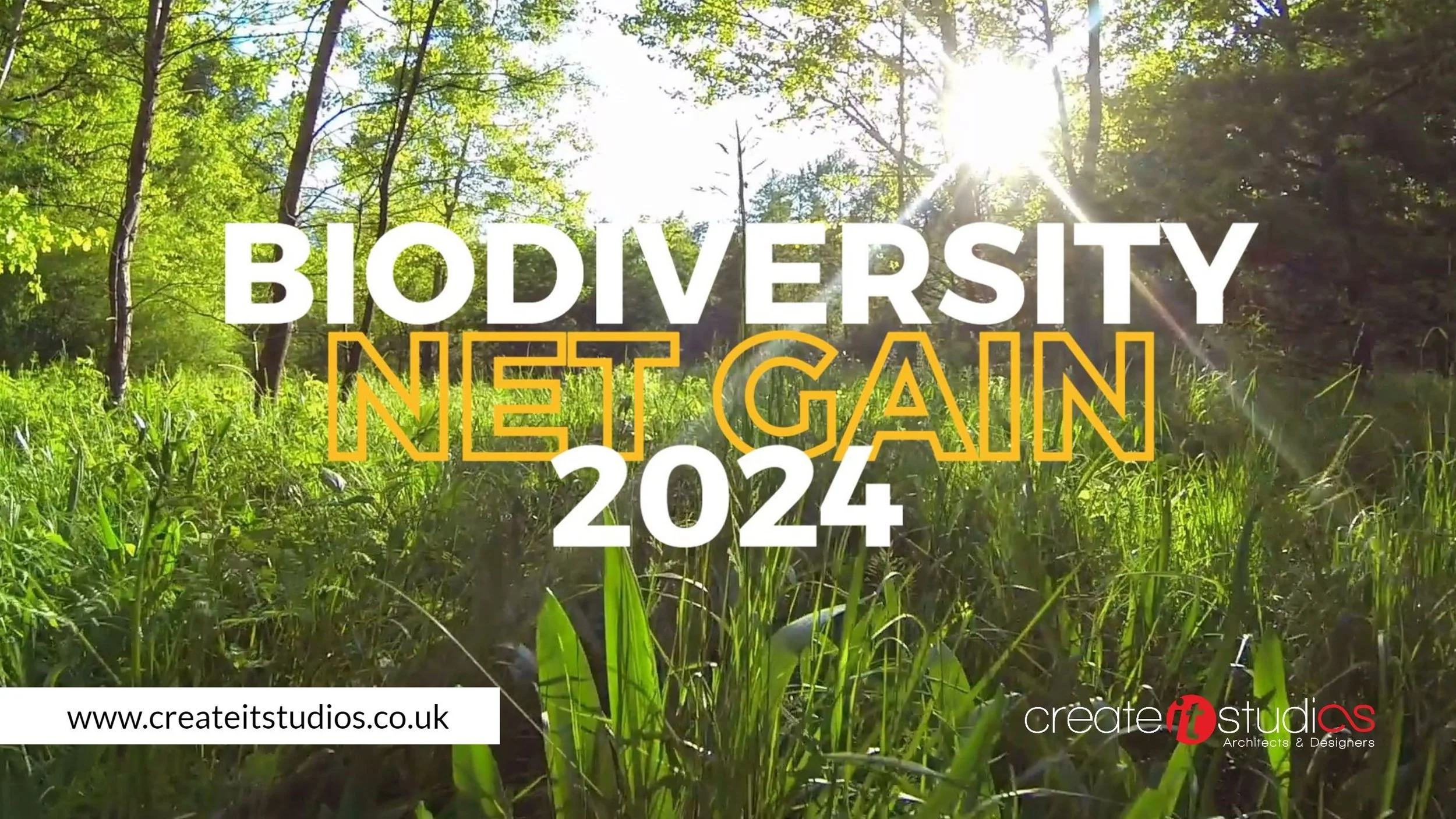Biodiversity Net Gain 2024
Hello everyone, and welcome back to our channel. Today, we have an important topic to discuss that affects both developers and the environment. We're talking about Biodiversity Net Gain Surveys, which have become mandatory for large residential and non-residential development schemes in the UK starting from February 2024.
What is a Biodiversity Net Gain Survey
But first, what exactly is a Biodiversity Net Gain Survey?
Well, it's a detailed ecological assessment of the current habitat within a development site. During this survey, a competent assessor, usually a CIEEM registered ecologist, measures the size, condition, and distinctiveness of existing features such as trees, woodlands, grasslands, ponds, and hedgerows.
Using the government's Statutory Biodiversity Metric, the assessor calculates the site's baseline value in biodiversity units. These 'biodiversity units' describe the relative biodiversity value of a site based on factors like habitat type, richness, age, connectivity, and rarity on a geographic scale.
Once development proposals are drawn up, ecologists reassess the projected habitat structure and biodiversity units after construction. The aim is to achieve a minimum 10% increase in biodiversity value compared to the pre-development baseline.
If the proposed development falls short of the required 10% uplift, further habitat creation or offsite biodiversity enhancement is necessary before local authorities can grant planning permission. Moreover, developers must submit a long-term maintenance plan to ensure that the gains in biodiversity are preserved for at least 30 years.
Regular ecological monitoring and site inspections will be conducted to ensure that the enhancements are properly cared for and that short-term habitat gains do not diminish over time due to a lack of appropriate stewardship.
Now, you might be wondering if there's a law that requires Biodiversity Net Gain Surveys. The answer is yes! Under Schedule 7A of the Town and Country Planning Act 1990, biodiversity net gain is now a mandatory condition of planning permission for major development projects proposed after January 2024.
However, not all planning applications for new residential properties require a Biodiversity Net Gain Survey at this time. If your development is between one and nine houses, you are currently exempt. But from April onwards, these smaller development sites will also be included under the law.
It's important to note that a Biodiversity Net Gain Survey does not negate the need for other ecological surveys. Existing biodiversity protections, statutory obligations, and policy requirements still apply. For instance, if there are trees near or on the development site, a BS5837 survey may also be necessary.
So who can undertake Biodiversity Net Gain Surveys? It is recommended that these surveys be carried out by a certified ecologist who understands habitat types, protected species, and local planning policies across the UK. They can also advise whether additional ecology surveys are needed to support the application.
That's all for today's video on Biodiversity Net Gain Surveys. If you want to learn more about this topic or have any specific questions related to its implementation this year, feel free to visit our website or contact our team.
Thank you for watching, and remember like and share this video.

